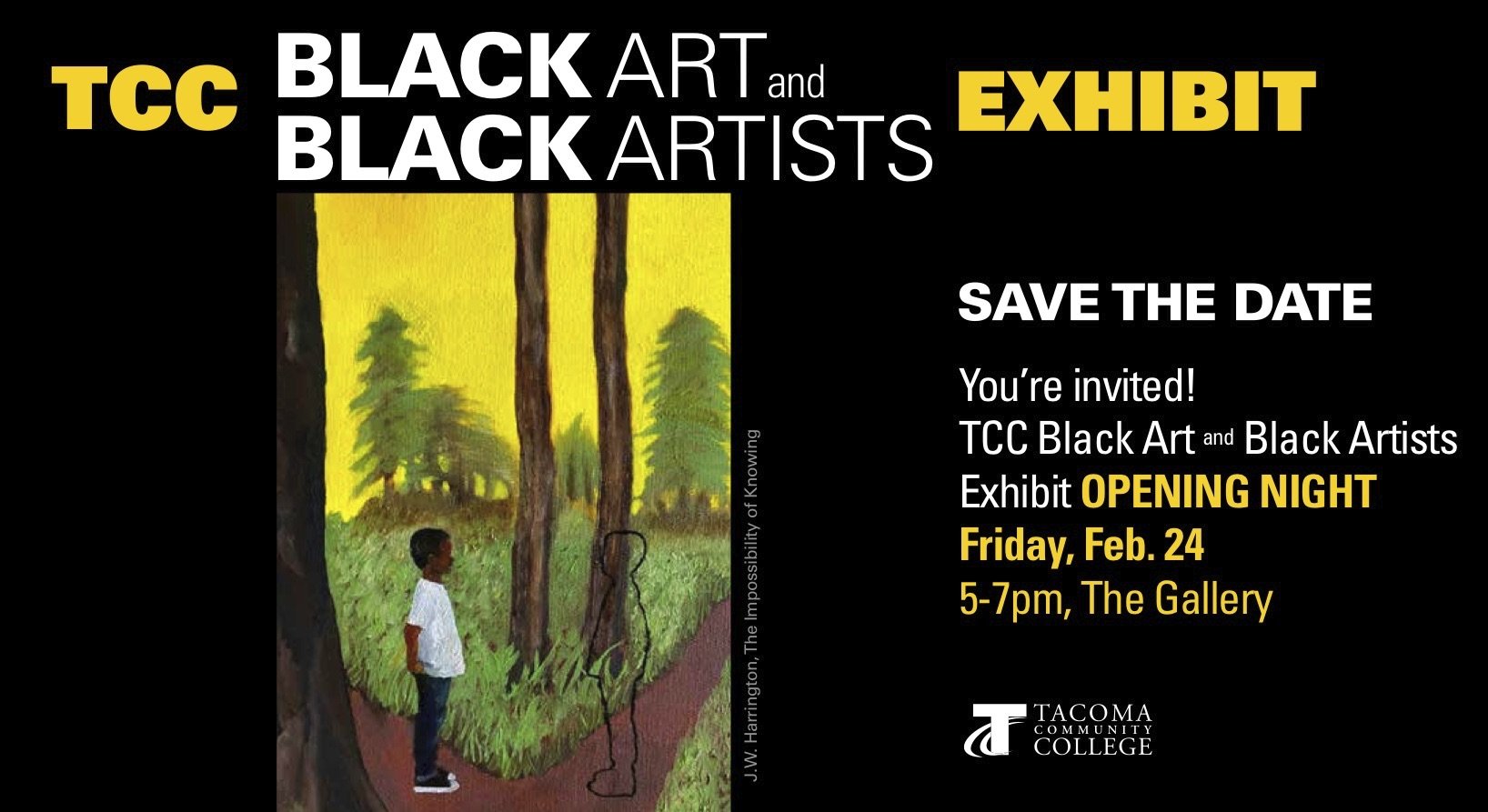We've just returned from three weeks in Italy, including time in Venice, which has got to be my favorite place to visit. Among many other treats, we spent an afternoon with the Peggy Guggenheim Collection of twentieth-century art. In addition to a special exhibit of Italian modernist Edmondo Bacci (which I hope to blog about), I was really happy to see works by two Russian contemporaries: Kazimir Malevich and El Lassitzky. I've written about each of them (see this blog post for a synopsis). I had not seen these paintings before, even in photos. Below: Malevich, Untitled (1916) and Lissitzky, Untitled (1919).
Ambiguity and subjectivity /
Subjectivity begs the question of sources.
Read MoreWhat is Black Art? /
Friday 24 February brought together a tremendous gathering of artists, educators, and civic leaders for the opening of the Black Art and Black Artists exhibit at the Tacoma Community College Gallery. The exhibit runs through 17 March, open M-F, 10-5.
What is “black art”? I’ve been pondering that, since before I started painting. My most fundamental answer is “creative work that results from the African diaspora.” Simple words, but not straightforward.
For a few centuries, and especially in the US since the beginning of the twentieth century, the phrase “black art” in visual arts has implied some kind of social realism, using representation to depict the struggles and successes of Black people. For me and other abstract artists, this poses a conundrum.
We can easily circumvent the conundrum by declaring black art to be any creative work produced by a member of the African diaspora, whatever the medium and style – orchestral music, abstract poetry, abstract painting or sculpture. A diaspora is exactly that – a spreading of people across a wide geographic and cultural territory, resulting in a myriad of experiences and expressions.
Can a nonblack artist produce “black art”? Just last week, at the opening reception for the TCC Gallery show, my very thoughtful colleague Travis Johnson declared that the answer is “yes,” if the art reflects the culture and experiences of the African diaspora. Contemporary white artists produce hip-hop art that reflects African-American-rooted culture. Many composers and musicians have added to the jazz world of the twentieth century and beyond.
So I’ll return to that fundamental answer I gave above.
The Outwin 2022 /
I encourage you to explore the work of the finalists in The Outwin 2022: American Portraiture Today competition, on display at the Smithsonian's National Portrait Gallery. The three that grabbed me most strongly are the photograph by Joel Phillips & Quraysh Ali Lasana, the painting by Rigoberto Gonzalez, and the drawing by Tim Lowly. Take a look.
Of course, in case you’re in DC in January or February, nothing beats seeing these up close, in the galleries!


